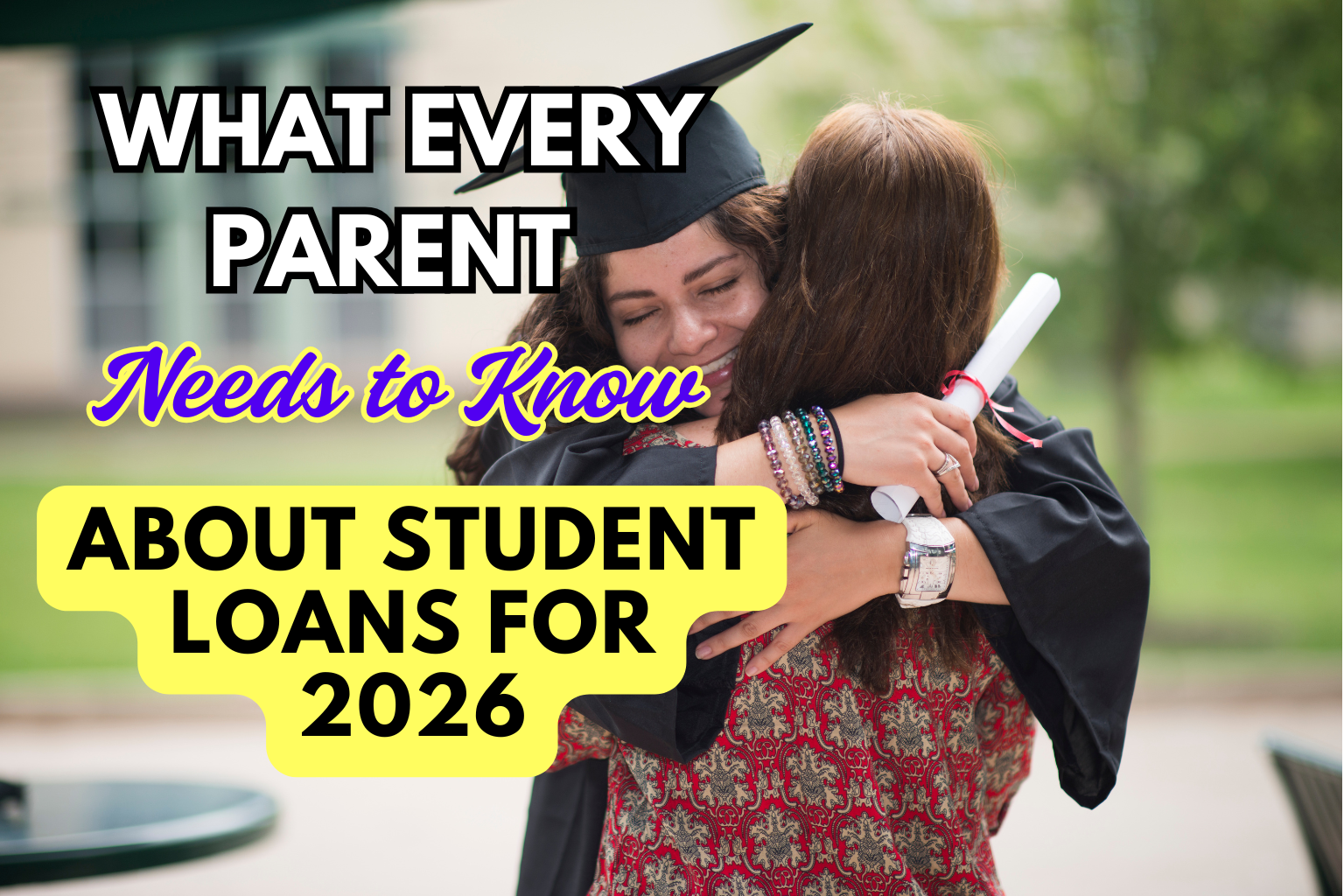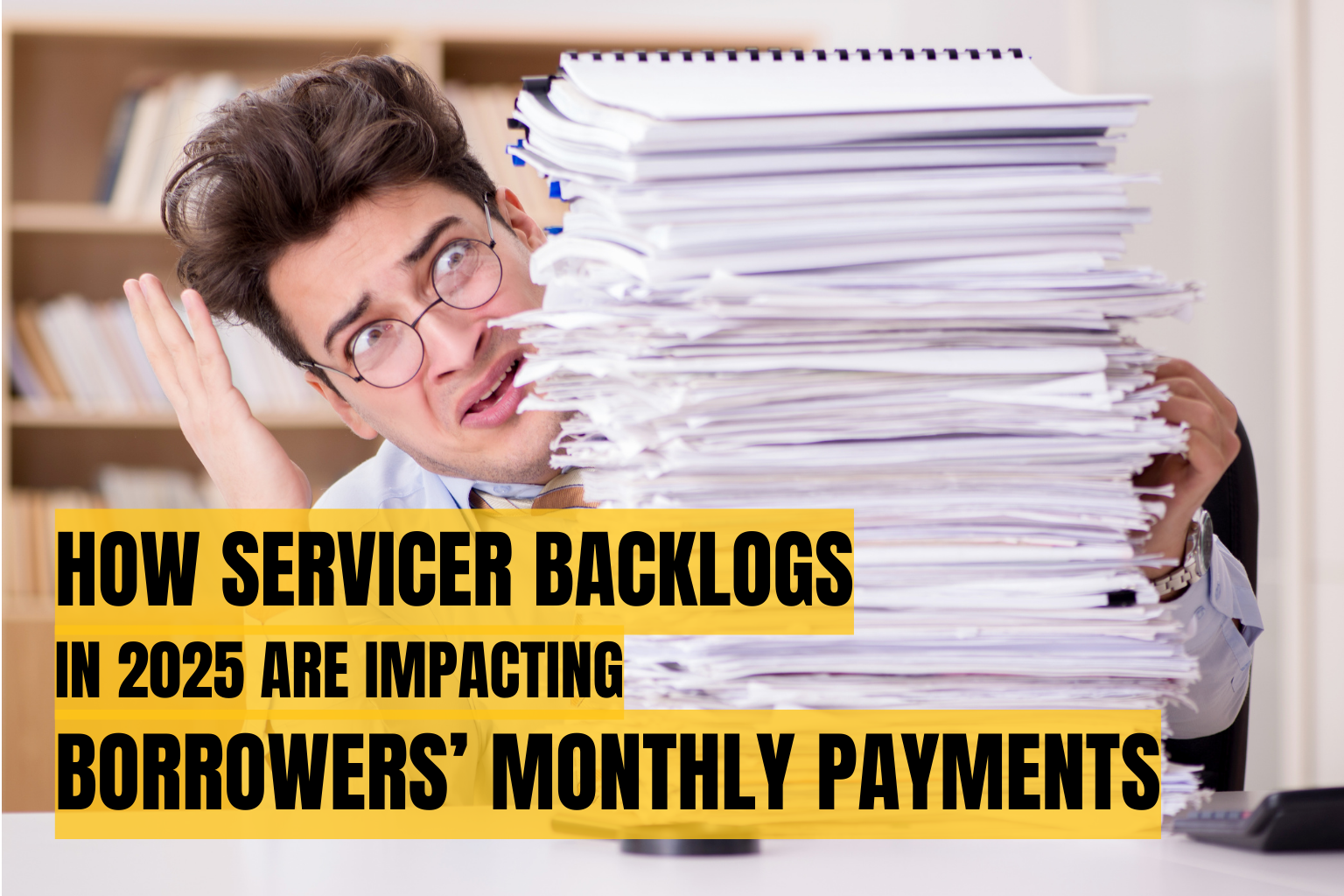Check out these student loan repayment program tips for graduates. Read our blog article today to learn more and how to plan.

Almost nobody should be paying off their federal loans using Balance Based Repayment. And almost EVERYBODY qualifies for loan forgiveness. This is not a debt that benefits from a swift payoff. It is the only FORGIVABLE debt you have and is the only debt where you save money by LOWERING your payments.
There is no blanket “best repayment option’ for everyone.
But there is a best repayment program for you. The key is figuring that out. Being in the best repayment program will free up your cash-flow and save you tons of money in the long term. This majority of people should be in an Income Driven Repayment program. This is because unless you have a lot of annual income compared with your student debt amount (like a 1:1 ratio) you should approach repaying these loans by paying as little as possible for the duration of time until the in-built loan forgiveness kicks in. That will be 10 years for those who qualify for PSLF and 20-25 years for everyone else.
The reason student loan forgiveness is built into many repayment plans is because you cannot discharge this debt in bankruptcy. So they had to offer something comparable which was the ability to make $0 payments and eventually have the debt forgiven.However this forgiven debt is treated as taxable income, so you will need to save up for this eventual large tax bill. ($200k in forgiven debt will result in about a $70k tax bill at 2021 income tax rates.)Because this student loan forgiveness is only available in these Department of Education repayment programs you need to think very hard before refinancing to private loans.
This strategy does make sense if you have a student debt to income ratio above 1:1 and you know your income won’t drop in years to come. In that case refinancing to a lower interest rate and paying the loans off quickly will be the least costly strategy to take. With all of this in mind, the following 5 student loan repayment tips will help guide you to crafting the best repayment strategy possible.
When interest “capitalizes” the outstanding interest gets added to the principal balance. This permanently increases the accruing interest for the rest of the life of the loan. This is the #1 reason why the balances can get so out of control so quickly. To avoid it, be on time with your annual paperwork (submit early!) and don’t use forbearance or deferment as a long-term avoidance strategy.
You want to have all direct loans so you can qualify for the best plan, REPAYE (Revised Pay As You Earn). Occasionally there are good reasons to select a different plan. But REPAYE is the only plan that will subsidize negative accruing interest by 50%. If you have multiple loan types, leave the direct loans out of the consolidation. It is a rookie mistake to do a full consolidation when you already have direct loans in the mix.
Household size rules are much broader than they are with IRS Tax Dependants. You should be counting everybody you can that fits the rules. Alternative income documentation usually gives a lower payment versus using your tax return. If you are married, you should also learn when you need to (and when you don’t need to) count your spouse’s income.
I’m sure that most of them mean well. But the Federal Loan Servicers are notorious for poor customer service and making mistakes! They are generally $12/hour employees with no proper training in this complex area of finance. And they have no incentive to save you money! Our team reports about a 30% error rate on the servicer side. This includes losing paperwork or miscalculating payment amounts. So it’s critical to follow up three weeks after submitting any documents.
In our experience, the answer is NO. Universities turn a blind eye to helping students repay their student debts in the most cost-effective ways. And the government loan servicers simply tick boxes and don’t provide sound financial advice. I started Student Loan Tutor because of this terrible gap in the system. I saw how burdensome these student loans can be. I spent the time mastering the system. In the process, I discovered that there are incredible opportunities to get great deals on repayment. Student Loan Tutor does just what the name says. We teach people every day how to navigate the system to get the best deals. But we can also handle ALL of the paperwork and servicer follow-up for your student loans.
The way it works is that you first schedule a free consultation where one of our team members will make sure your situation is a good fit for our strategies and services.
If they are, they’ll then schedule you on a Planning Call with one of our Loan Specialists. On this call, you’ll learn your best options for reducing your monthly payments and the total loan cost.
This Planning Call costs $150, and is backed with a 100% money-back guarantee if you didn’t find it valuable. From there you can file and each year re-certify everything yourself. Or you can hire us to implement the strategy, and file the paperwork each year. Just like how you pay your accountant to strategize on and file your taxes.
I want to tell you the story of a recent client.
To protect his privacy I’ll refer to him as ‘Dr. Joe’. Everything else about his story is accurate. Dr. Joe came to us with $253,000 in remaining loans. He had been paying down the total amount ($290,000) in loans over the last 12 years on a 25-year balance-based repayment plan.
He had gone through forbearance, deferments, and consolidations. All the interest that he had outstanding ended up capitalizing.Dr. Joe had been paying between $1,500 and $1,900 per month for the last 7 years. Before we spoke, with the balance-based plan he was on, he had 21 years of payments remaining.
He was going to pay an average of $2,050 per month over the next 21 years. His interest rate was 8.25%. So he’d end up spending a total of $521,902 to pay off his loans with that strategy.A bad deal.If he switched to a 10-year payoff, his total loan payoff would be $369,324. A $152,578 savings.That’s a good start, but we could do much better than that!
With the strategy we showed him, using the 5 tips above, he was able to qualify for a $0 payment right away and over a 25-year payoff his overall loan burden amount would be reduced to only $190,648.That’s $331,253 in savings, plus getting $1,900 per month in additional cash flow!
What is amazing is that my team and I experience these kinds of victories every day.It makes our work incredibly rewarding. Every day we’re making a difference in people’s lives. We help them navigate the complicated federal student loan system to get a much better deal from all of the options available.
Looking for more information about how to navigate the terrain of student loans? Check out more of our most recent blog posts.

December 23, 2025
As college costs continue to rise, many families turn to parent student loans to help cover the gap, but recent federal student loan reforms make it more important than ever for parents to understand their options. This guide breaks down what every parent borrower needs to know about Parent PLUS loans, repayment and forgiveness programs, and the critical 2026 changes that could permanently impact eligibility for income-driven repayment and loan forgiveness.

December 15, 2025
2025 is unusually confusing for student loan borrowers because multiple major policy changes, returned interest, revamped repayment plans, renewed collections, and overlapping deadlines, are all happening at once. Borrowers must review their loan details, prepare for higher payments, and stay alert to shifting rules to avoid financial setbacks...

December 8, 2025
Servicer backlogs in 2025 are causing delayed repayment-plan updates, incorrect monthly bills, and slower progress toward forgiveness, leaving many borrowers with higher or unpredictable payment amounts. Student Loan Tutor helps borrowers navigate these delays by providing expert guidance, accurate plan preparation, and ongoing support to keep repayment on track...